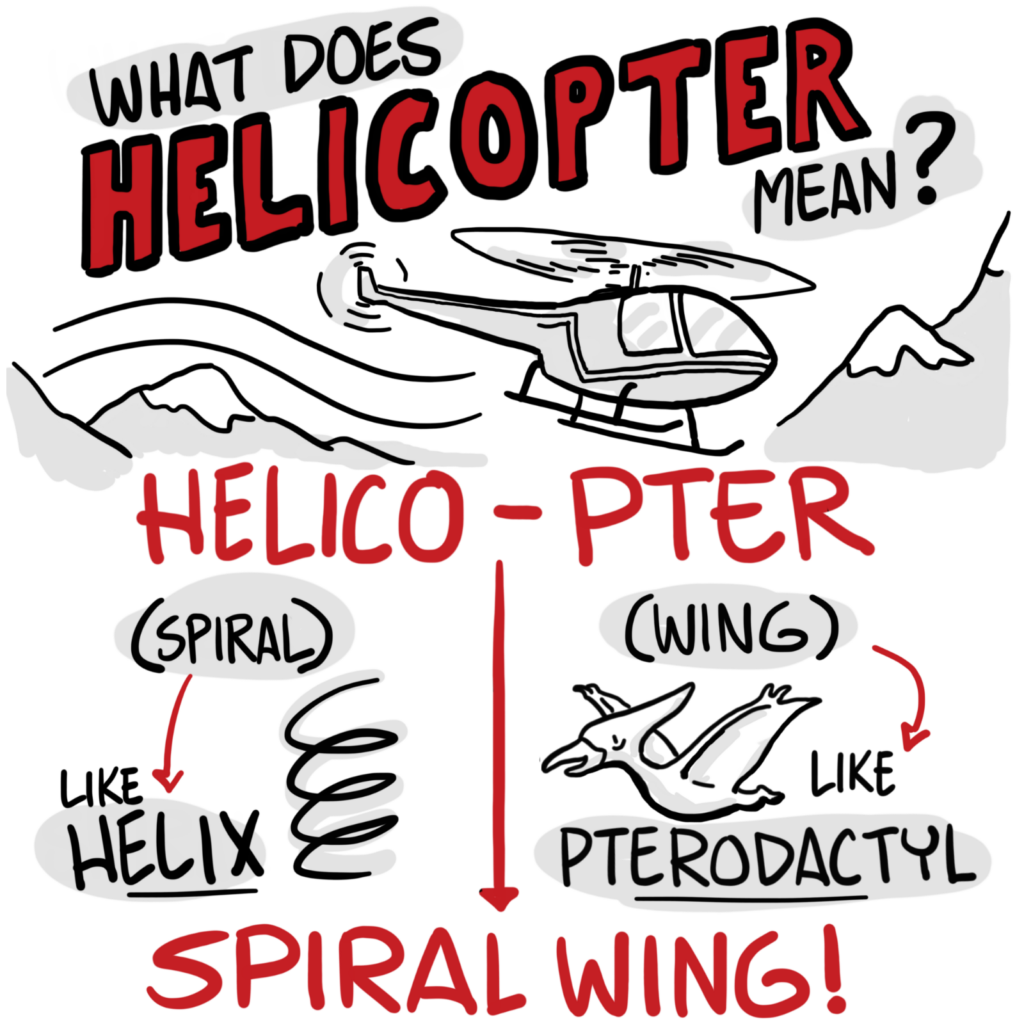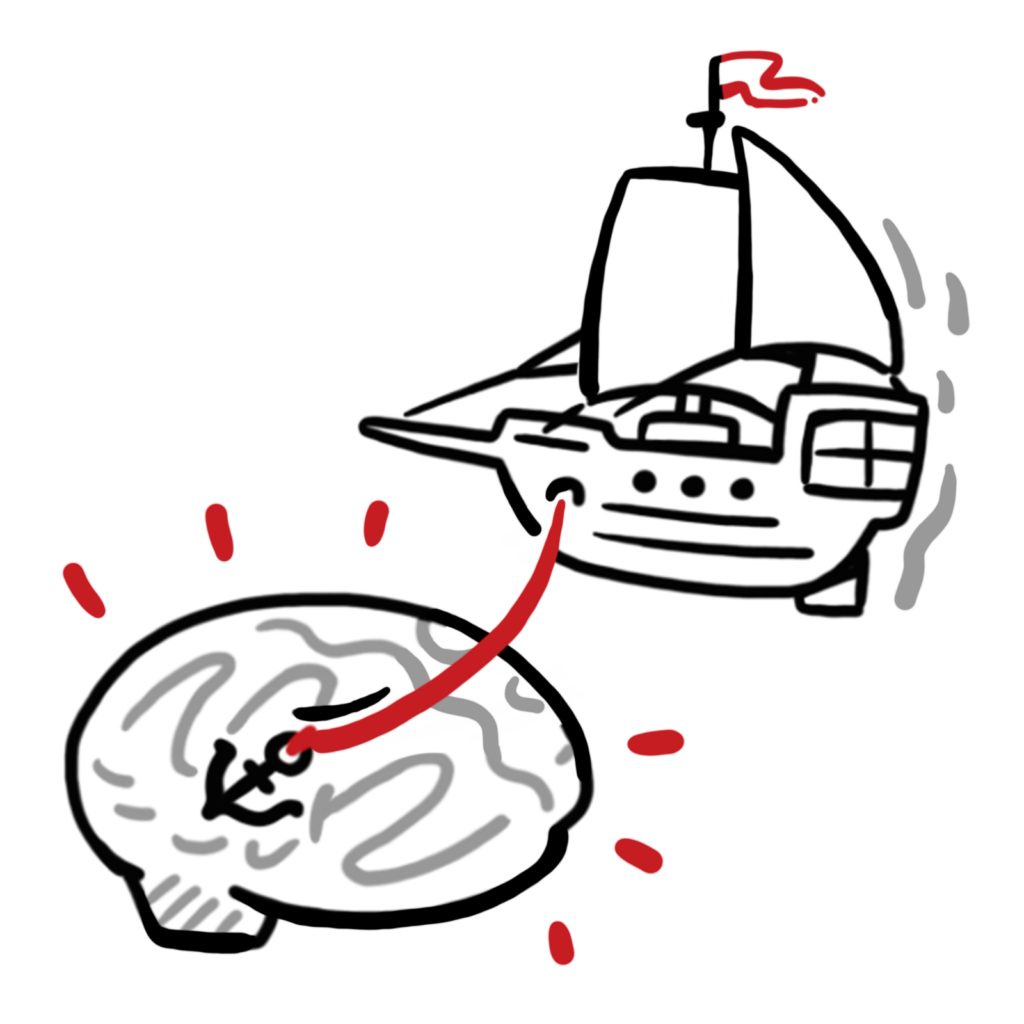Presenting a complex topic often results in an audience with glazed -over expressions, or hours of agonizing preparation to avoid those blank stares. Preparation is essential and can be simplified when you know how to use visuals to engage, explain and boost retention.
There is no definitive answer to whether drawn images are better than photos, videos, charts, or graphs. The choice largely depends on the type of information being presented and the presentation objectives. Each type of visual has strengths and weaknesses.
Charts and Graphs
Charts and graphs often simplify presenting complex data sets in a concise manner that summarizes a state or condition. They are effective because visual representation transforms numbers and abstract concepts, revealing the most important aspects of the information. Charts and graphs, however, are limited in their ability to tell a story or convey the nuances behind the numbers.
Photos and Videos

Photos and videos, on the other hand, can provide a more realistic and immersive audience experience. They are particularly effective for demonstrating real-life situations and processes, conditions, procedures, or actions. Photos and videos can also convey emotion and social cues, making them suitable for presenting social science topics. The challenge is often finding or capturing the exact best image(s) to support the message. Searching or producing what’s required can involve considerable time and expense to capture quality images.
Drawn Images

Drawn images offer unique flexibility and broader application than any other single visual approach. The ability to create, re-create, conceptualize, and summarize with imagery checks a lot of application boxes. Ultimately drawn images allow the audience to focus immediately on the most important aspects of the information. When verbal delivery and images are synchronized, it enhances the clarity and understanding of the story. The images also provide visual cues and details that support the message, making it easier for the audience to follow along and recall. Images can also convey emotions that may be difficult to express through dialogue alone.
Animation
The choice between static drawn images or animation also depends on the presentation objectives and the type of information being presented. Animation can provide an interactive learning experience by demonstrating processes and procedures in real-time, illustrating cause-and-effect relationships or conveying emotions and social cues.
However, the detail and motion of animation can distract the viewer from important aspects of your message. It can also be more complex and time-consuming to create compared to drawn images. It requires additional resources, like software and premade stock images. Stock images aren’t custom made for your message so they may not fully connect with your audience. Custom animations require expertise in animation design to produce high-quality content. Regardless of quality, animation can lack authenticity, or a feeling of human connection.
A compelling solution is hand-drawn whiteboard video where an artist’s hand is filmed as it creates the drawings. This form of drawing is particularly excellent in providing a framework for understanding complex topics. Moreover, the neuroscience behind it explains its power to engage audiences and boost retention.
Things to Consider When Planning Your Visuals
Ultimately, the choice of presentation visuals depends on the presentation objectives and the audience. Visuals make it easier to absorb information by enabling the brain to process information quickly and retain it for longer periods. Here are some considerations in planning presentation visuals:
To take your presentations to the next level, consider using hand-drawn whiteboard video. This powerful medium will illustrate complex ideas and engage your audience in a dynamic and interactive way. To learn more about how hand-drawn whiteboard video can enhance your presentation, contact us today. Let us help you deliver presentations that leave a lasting impression on your audience.

- Understand the purpose: Before creating visuals, understand the role they will play. What is the goal of using visuals? Are they meant to explain a concept, highlight important points, or provide a summary? Knowing the purpose will help you to create relevant and effective visuals.
- Choose appropriate visuals: The choice of visuals should be guided by the content being presented. Are you explaining a process? Are you presenting data or are you interpreting it? Choose visuals that are easy to understand and support the presentation objectives.
- Consider relationships: How do your visuals connect with your message points? How much space/time should a visual have in your presentation? It will help your audience understand better and remember longer if the visuals sync with what is being said. Present your visuals in manageable chunks that directly support your message.
- Keep it simple: Visuals should be simple and easy to understand. Avoid cluttering the visual with too much information or using complicated graphics. Use colors sparingly and fonts that are easy to read. Create a visual hierarchy that guides the eye.
- Make it accessible: Ensure visuals are accessible to everyone in your audience, including those with visual impairments. Use alternative text, captions, and audio to make visual content accessible.
Incorporating visuals into your presentation is a powerful way to engage and communicate complex information. By understanding the purpose of your visuals, choosing appropriate visuals, organizing the information, keeping it simple, and making it accessible, you can create effective presentations that will stick with your audience long after your presentation is over.
To take your presentations to the next level, consider using hand-drawn whiteboard video. This powerful medium will illustrate complex ideas and engage your audience in a dynamic and interactive way. To learn more about how hand-drawn whiteboard video can enhance your presentation, contact us today. Let us help you deliver presentations that leave a lasting impression on your audience.

